Introduction
In the realm of culinary arts, the simple act of toasting sesame seeds can elevate dishes from mundane to extraordinary. This ancient technique, employed in cuisines worldwide, transforms the humble seed into a fragrant, nutty delight that adds a layer of complexity to salads, desserts, breads, and even savory dishes. The process, though seemingly straightforward, requires attention to detail and a nuanced understanding of heat control to achieve the perfect balance of flavor and texture. This guide aims to demystify the art of toasting sesame seeds, walking you through the steps, tips, and tricks that will ensure your sesame seeds are toasted to perfection.
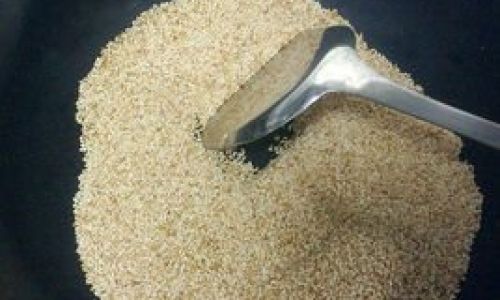
Understanding Sesame Seeds
Before diving into the toasting process, it’s crucial to understand the basics of sesame seeds. Sesame (Sesamum indicum) is a flowering plant native to tropical regions of Africa and India. Its seeds are small, flat, and come in various colors including white, black, and brown. Each type offers a unique flavor profile, with white sesame seeds being milder and more versatile, while black and brown varieties tend to have a richer, nuttier taste.
Sesame seeds are rich in nutrients, including healthy fats, protein, fiber, vitamins, and minerals. Their high oil content makes them prone to burning if not toasted correctly, which is why mastering the toasting technique is vital.
Choosing the Right Seeds
The first step in toasting sesame seeds is selecting high-quality seeds. Look for seeds that are whole, uncrushed, and free from debris or mold. Freshness is key; older seeds may lose their flavor and aroma. If possible, opt for organic seeds to avoid any potential contaminants or pesticides.
Preparation
Before toasting, rinse the sesame seeds under cold running water to remove any dust or impurities. Pat them dry using a clean kitchen towel or paper towels. Excess moisture can cause the seeds to steam rather than toast, so ensure they are thoroughly dried.
Tools and Equipment
Toasting sesame seeds can be done using various methods and tools, each yielding slightly different results. Here are some common options:
-
Stovetop in a Skillet: This method offers direct heat control and is ideal for small batches. Use a heavy-bottomed skillet to ensure even heating.
-
Oven: Suitable for larger quantities, an oven provides a more consistent heat environment but requires careful monitoring to prevent overcooking.
-
Toaster Oven: A smaller alternative to a conventional oven, perfect for toasting small amounts quickly.
-
Microwave: While not traditional, a microwave can be used in small quantities with careful timing to avoid burning.
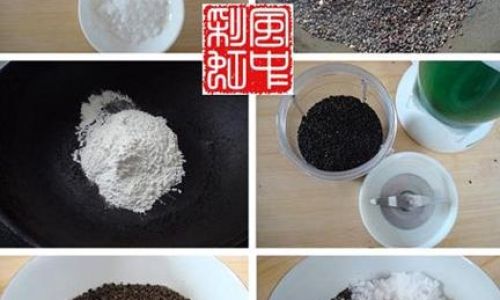
-
Electric Frying Pan: Offers temperature control and even heating, making it a good choice for those who prefer electric appliances.
The Toasting Process
Stovetop Method
-
Preheat the Skillet: Place a dry, heavy-bottomed skillet over medium-low heat. Preheating ensures the skillet is evenly warm before adding the seeds.
-
Add the Seeds: Once the skillet is warm, pour in the sesame seeds in a single layer. Avoid overcrowding the pan, as this can reduce heat circulation and lead to uneven toasting.
-
Toast the Seeds: Stir the seeds continuously with a wooden spoon or spatula. This prevents them from burning and ensures even toasting. Listen for the seeds to start popping, which is a sign that they are releasing their natural oils and are nearing perfection.
-
Check for Doneness: After about 3-5 minutes (depending on heat intensity), remove a small handful of seeds and let them cool slightly. Taste them; they should be golden brown, fragrant, and slightly nutty. If they are still pale or lack flavor, continue toasting for another minute or so, stirring constantly.
-
Remove from Heat: Once done, quickly transfer the toasted seeds to a bowl to stop the cooking process. Residual heat in the skillet can continue to cook the seeds, leading to overcooking.
Oven Method
-
Preheat the Oven: Set your oven to 325°F (165°C). Preheating ensures an even cooking environment.
-
Spread the Seeds: Line a baking sheet with parchment paper and spread the sesame seeds in a single layer.
-
Toast in the Oven: Place the baking sheet in the preheated oven and toast for 5-7 minutes, stirring halfway through to ensure even toasting.
-
Check for Doneness: Remove a small sample of seeds and let them cool. Taste for doneness as described in the stovetop method.

-
Cool and Store: Once done, transfer the seeds to a bowl to cool completely before storing in an airtight container.
Microwave Method
-
Spread the Seeds: Place the sesame seeds in a microwave-safe bowl and spread them out evenly.
-
Microwave in Short Intervals: Microwave on high for 30 seconds, then stir the seeds. Repeat in 20-30-second intervals, stirring after each, until the seeds are golden brown and fragrant.
-
Cool and Store: Let the seeds cool before storing.
Electric Frying Pan Method
Follow similar steps to the stovetop method, adjusting the temperature setting to achieve medium-low heat and stirring constantly.
Tips for Perfect Toasting
- Stirring is Crucial: Constant stirring ensures even toasting and prevents burning.
- Watch for Smoking: If the seeds start to smoke, reduce the heat immediately.
- Cool Before Tasting: Always let the seeds cool slightly before tasting to accurately assess their doneness.
- Storage: Store toasted sesame seeds in an airtight container in a cool, dark place to preserve their freshness and flavor.
Conclusion
Toasting sesame seeds is a simple yet transformative culinary technique that can elevate your dishes to new heights. By following the steps outlined above and paying attention to detail, you can achieve perfectly toasted sesame seeds that are fragrant, nutty, and ready to enhance your favorite recipes. Whether you’re sprinkling them over a fresh salad, incorporating them into a homemade bread recipe, or using them as a garnish for a sophisticated dessert, toasted sesame seeds will add a touch of elegance and depth to your culinary creations. Happy toasting!
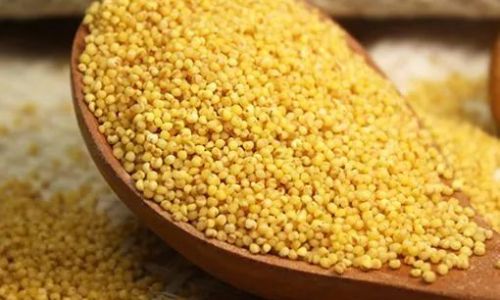

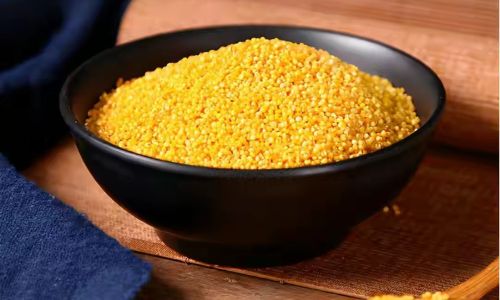
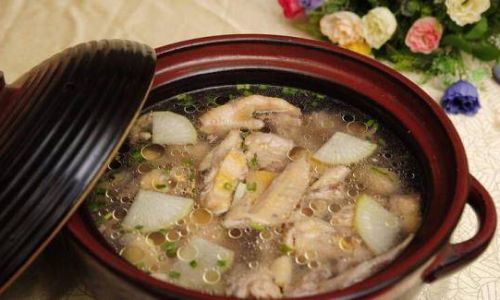
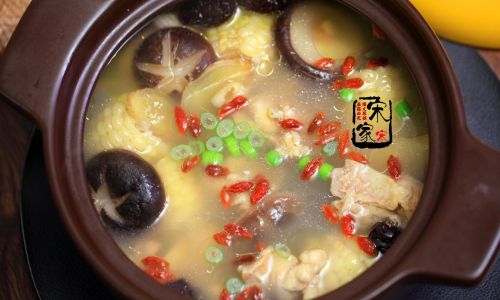

0 comments